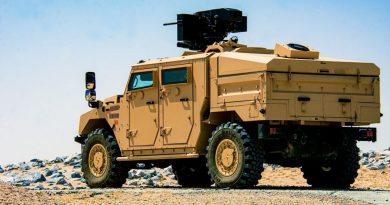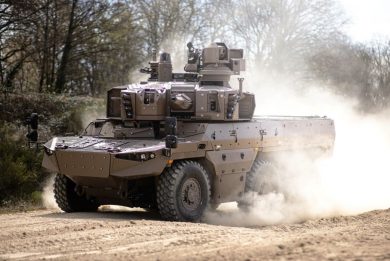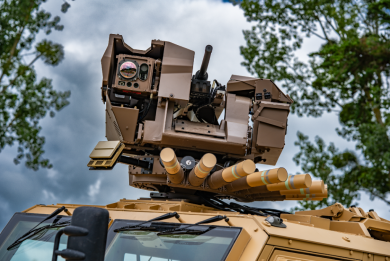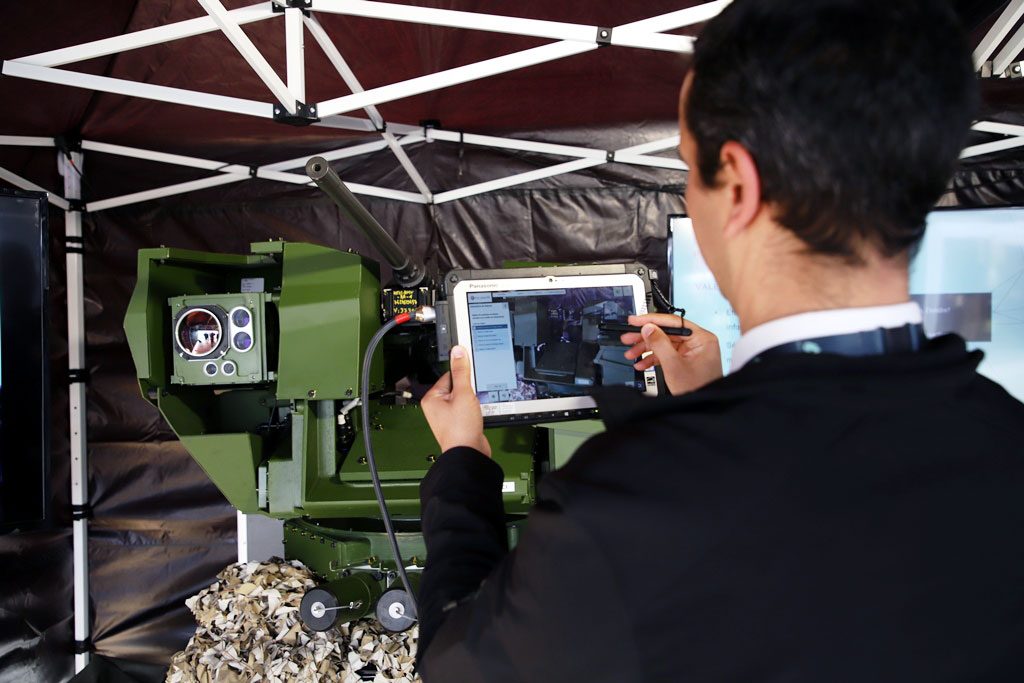
Going virtual and additive
Moving ahead in today world means inserting new technologies in the design, manufacturing and support areas, in order to improve products as well as after sales operations. Augmented reality and additive manufacturing are two among the latest technologies which are being explored in order to obtain benefits in different areas, Arquus being among those companies who are looking at new applications for those technologies.
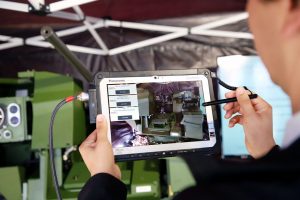
In the last few years the company presented numerous applications of augmented reality aimed at helping maintainers in the field, mostly using interconnected goggles. At its 2019 TechnoDays the company pushed a step further its capabilities in this domain, exhibiting what is still a demonstrator that allows helping the maintainer in identifying the problem and repairing the system. The demonstration was done using a Hornet remotely controlled weapon station. The diagnostic identifies a problem on the tilt motor using the classic computerised tool, listing the fault code; the augmented reality application is then launched, it links up with the fault code, and on the tablet the maintainer can follow step by step all the repair procedure. Virtual elements are superimposed to reality helping in identifying the subsystem that must be disassembled, the maintainer can access at the right moment to all technical documents needed, while the system also shows all line replaceable units that might generate the fault.
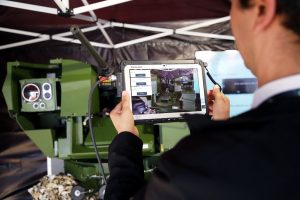
This allows to launch a diagnostic on each of them, having the same support in terms of documentation, technical drawings and schemes, 3-D animations showing i.e. how to disassemble the element. The system allows to take pictures during the operation and to add voice comments, which will be automatically added to the final report that will be edited automatically. According to Arquus experts the system allows increasing productivity and reducing to a minimum any possible mistake, improving safety, and finally keeping tracks of all operations, not only for records but also to add them for developing the lessons learned process.
Additive manufacturing, using metal or plastic polymers, is being considered in different departments at Arquus. At the R&D level it is studied in order to optimise mass reduction, while the support department is looking at this new technology aiming at three different fields: availability, producing spares at higher speed or producing them closer to the vehicles, production, obtaining obsolete spares that cannot be found anymore in stocks, and reduction of the logistic footprint, as it allows to produce limited number of spares when needed, thus reducing stocks.
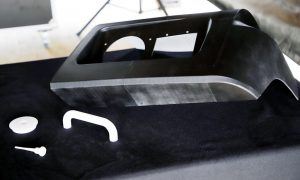
Examples shown at the TechnoDays were simple polymer spares, such as a drain plug or a headlight fairing; Arquus is demonstrating its production capabilities, these elements being fabricated at a speed of one centimetre per hour on the Z axis, the production volume being 300 x 300 x 300 mm. The whole system is transportable into a container, initialisation needing one to two days before starting production due to the need of achieving standard conditions in the container itself in terms of temperature, humidity, cleanliness etc. The maximum dimensions have an impact on bigger elements, which must be produced in parts and then assembled. Once the piece is finished it must go through a cooling process that takes three to four hours. Should the next piece be produced with a different materiel, a cleaning process which lasts one to one and a half hour has to be launched. As an example, an additive manufacturing container deployed downrange would allow producing numerous spare parts on site, avoiding the need for major stocks of spares that might never be used, or lengthy unavailability of vehicles due to the need to receive the spares from homecountry. Looking at the future, some of those elements that might be produced in 3-D printing will have to be designed on purpose, keeping in mind the new production technology. Looking further ahead quality and qualification procedures will have to be established; as underlined by Arquus experts, depending on the type of element one produced using 3-D printing might have a better, equal or worst quality compared to the same element produced with classic methods. Even for the worst case, these might be used with some constraints, which would anyway be better than having a vehicle out of order; the same as when using a spare wheel on today cars. Technical issues are thus only one side of the coin.
Photos by Paolo Valpolini

